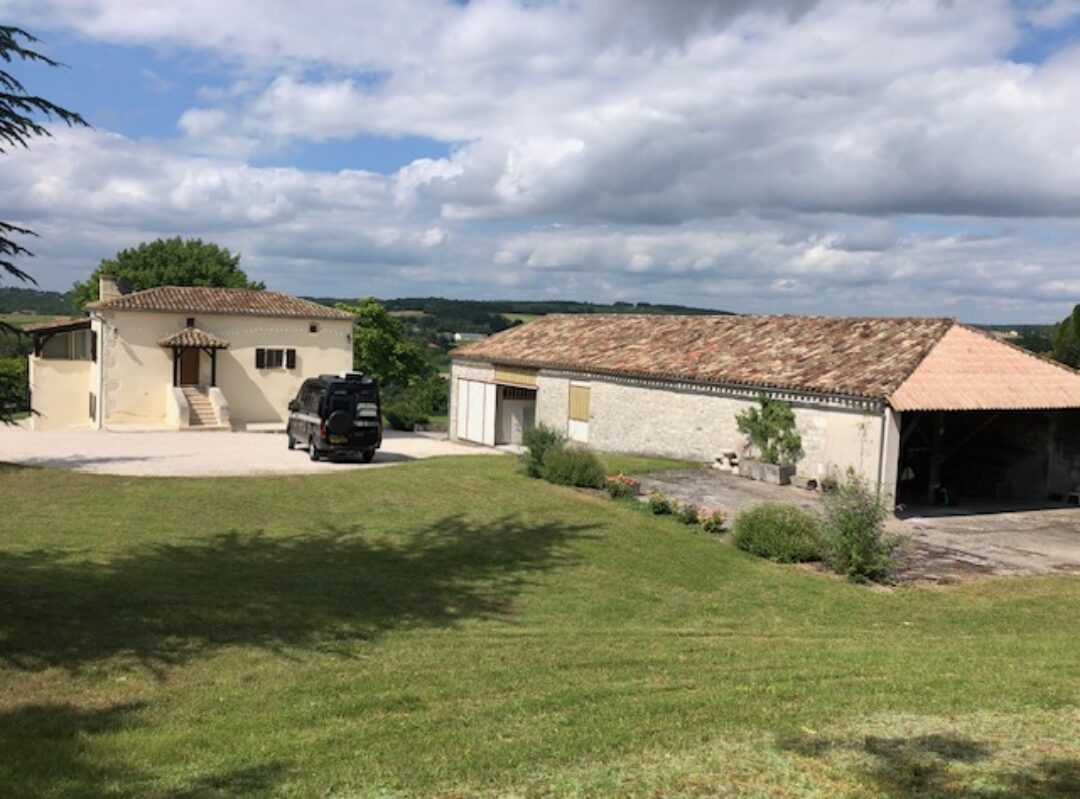Well we survived the peak day of heat,which reached a stifling 42C, by finding a site with a pitch that was in complete shade, by doing nothing and by retreating to the air conditioning when it really got too much. At least it was just the one day and the temperature had dropped at least 15 degrees by the next day which felt almost chilly.

We found the shade at the small village of Mauzé-sur-le-Mignon which sits on the river and Canal du Mignon, the river running along the border between the departments of Charente-Maritime and Deux-Sèvres. It is also at the southern gateway to the Marais Poitevin, nicknamed the ‘Green Venice’ and Mauzé was once the largest port of the area. The western area of the Marais near the sea is used for farming and livestock breeding whilst the eastern zone, the “wet marsh”, is a maze of islands crossed by many small canals and is mainly a tourist destination for exploring the canals on punt-like boats. Today Mauzé also trades off its famous son, René Caillié, reputedly the first European explorer to discover Timbuktu. Each year the Rene Caillié prize is awarded for travel writing, based on an adventure experienced by the author.


Our travels are now taking us slowly north as we will need to return to the UK in late August when we reach the limit of our allowed days for travelling in Europe, so we plan to spend the last weeks exploring Brittany and Normandy. En route to Brittany we stopped at La Barre de Monts in the Vendée department of western France, an area mainly known for its long sandy beaches. We didn’t expect our prospective stopover point to be very inspiring and had a backup to move on if needed, but it turned out to be a lovely spot in the pines at La Barre de Monts, a few yards from the beach and looking out onto the Île de Noirmoutier and the Bay of Biscay. When we wandered down to the long sandy beach we found that, rather than being filled with sunbathers, it was being used for ‘char à voile’ or sand yacht courses and lessons with the ‘yachts’ following a slalom course up and down the beach.

We also used this base to head out on our bicycles across the high road bridge with a dedicated cycle path to the Île de Noirmoutier. There is another route onto the island – the Passage du Gois- but only accessible at low tide, which was unfortunately at 6 pm. At low tide this passage is very popular with shellfish diggers who come to dig up clams and cockles. Scenic cycle paths take you all around the island and through small villages with their white houses and cottages.



This is another seafood producing area so we took advantage of a lovely day to enjoy some tasting plates at one of the producer’s huts. Some of the producers are so enterprising that they even sell their goods in automatic vending machines outside their huts so that demand is satisfied at any time of the day. It seems you can find a vending machine for pretty much anything in France!




Seafood vending machine
